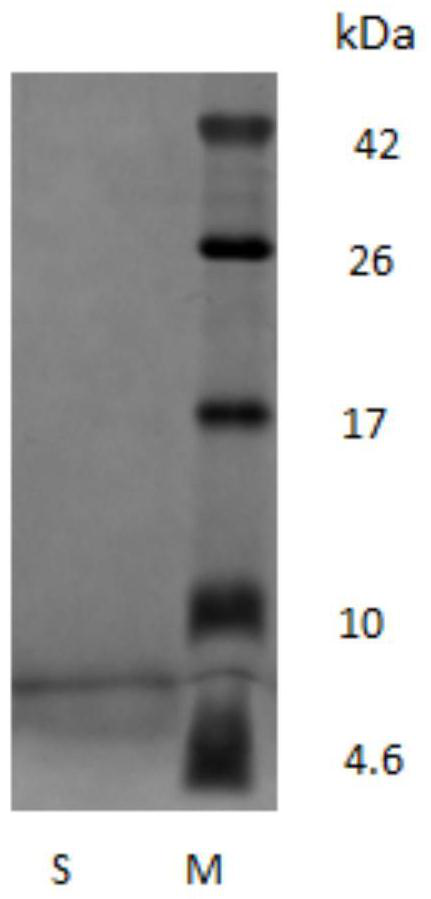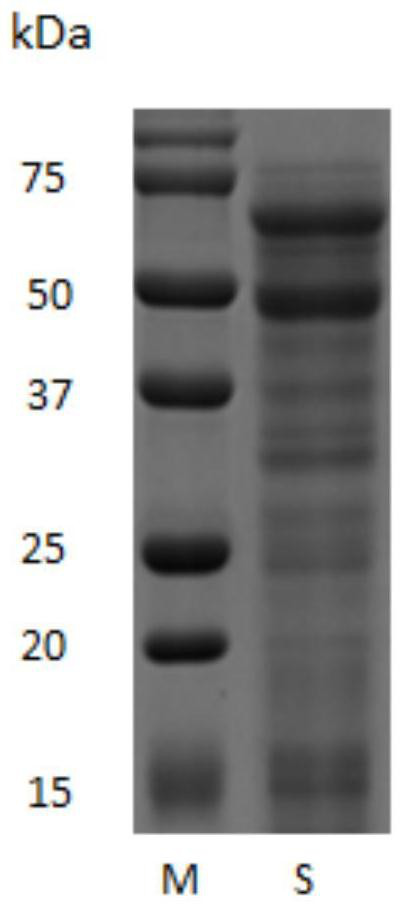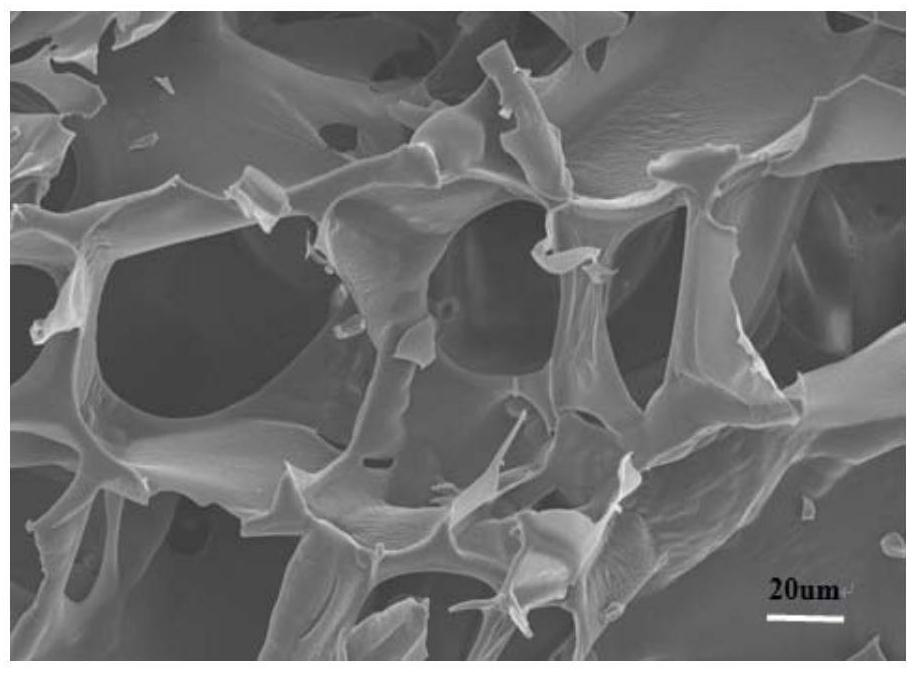A novel self-assembled collagen and its preparation method
A collagen and self-assembly technology, applied in the field of protein engineering, can solve the problems such as the need to improve the preparation method of collagen samples and the complex process of collagen self-assembly.
- Summary
- Abstract
- Description
- Claims
- Application Information
AI Technical Summary
Problems solved by technology
Method used
Image
Examples
Embodiment 1
[0034] Preparation of self-assembled collagen, taking the preparation of self-assembled bovine type I collagen as an example.
[0035] Self-assembled collagen was prepared by using 5 mg / ml bovine type I collagen aqueous solution as raw material.
[0036] (1) Add trypsin (Trypsin), alkaline protease (Alcalase) and papain (Papain) sequentially according to the E / S of 8000U / g collagen concentration. Each protease was hydrolyzed for 2 hours and co-hydrolyzed for 6 hours (the hydrolysis time of each protease can be within 2 to 6 hours). During the water bath, 0.1mol / L NaOH was used to adjust the pH to keep the pH of the trypsin hydrolysis system at a constant value of 8.0. The pH of the alkaline protease hydrolysis system is maintained at a constant value of 8.5, and the pH of the papain hydrolysis system is maintained at a constant value of 7.0. At the end of each protease reaction, inactivate the enzyme in a boiling water bath for 20 minutes and cool down. Finally, centrifuge a...
Embodiment 2
[0042] Example 2 Electrophoresis analysis of the obtained collagen polypeptide and self-assembled collagen polypeptide
[0043] Select the collagen polypeptide solution obtained in Example 1 and the collagen polypeptide solution after self-installation to carry out electrophoresis analysis, specifically as follows:
[0044] SDS-PAGE gel electrophoresis analysis
[0045] The bovine type I collagen polypeptide before and after self-assembly obtained in Example 1 was identified by SDS-PAGE gel electrophoresis at 5% stacking gel concentration, 20% and 12% separating gel concentration.
[0046] The result is as Figure 1a As shown, comparing the collagen with the standard protein Maker, it can be seen that the molecular weight of the bovine collagen polypeptide after hydrolysis becomes smaller, and there is no band above 4.6kDa, so it can be seen that the molecular weight after hydrolysis is concentrated at 4.6-10kDa. S in the figure represents the bovine type I collagen polypepti...
PUM
 Login to View More
Login to View More Abstract
Description
Claims
Application Information
 Login to View More
Login to View More - R&D
- Intellectual Property
- Life Sciences
- Materials
- Tech Scout
- Unparalleled Data Quality
- Higher Quality Content
- 60% Fewer Hallucinations
Browse by: Latest US Patents, China's latest patents, Technical Efficacy Thesaurus, Application Domain, Technology Topic, Popular Technical Reports.
© 2025 PatSnap. All rights reserved.Legal|Privacy policy|Modern Slavery Act Transparency Statement|Sitemap|About US| Contact US: help@patsnap.com



